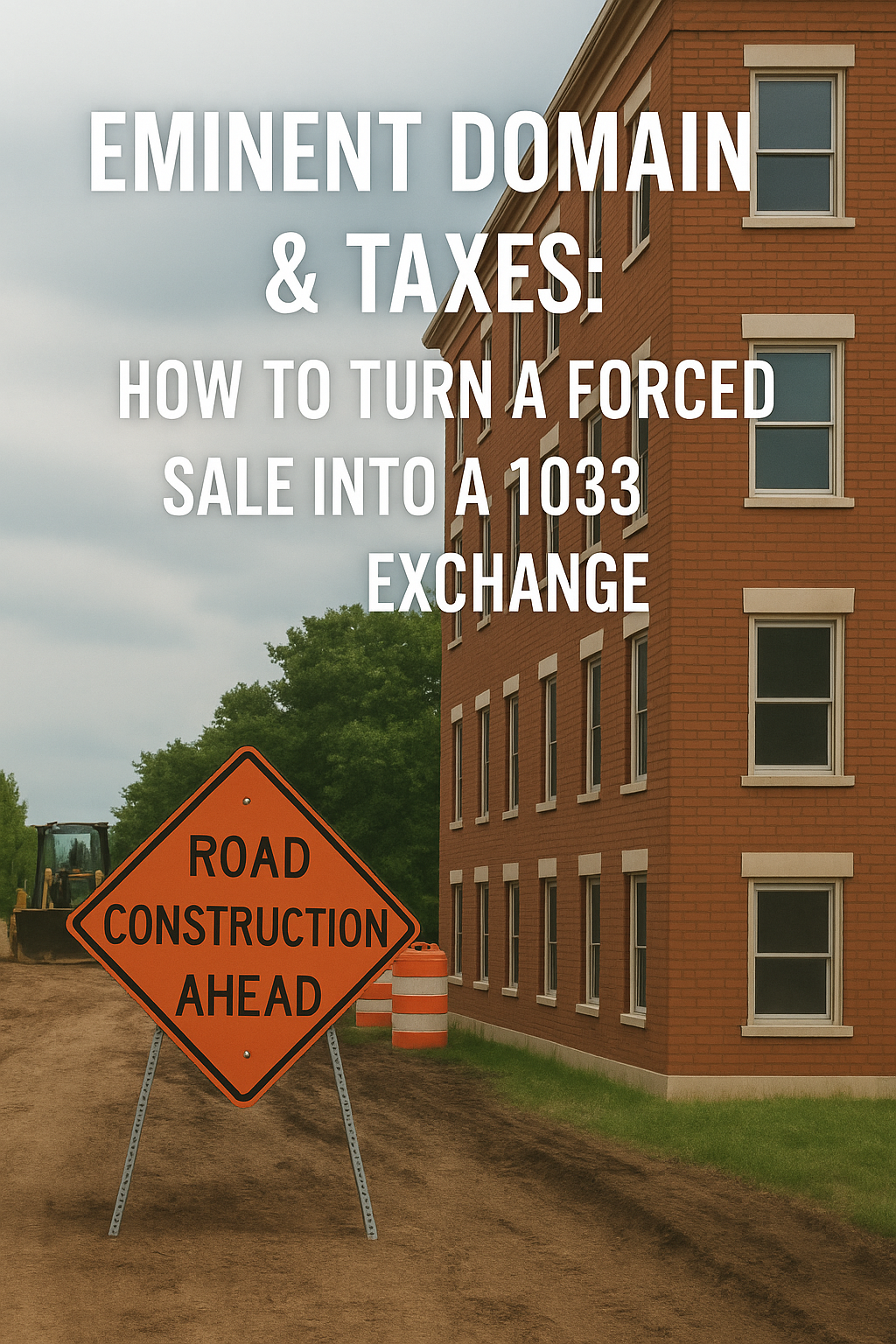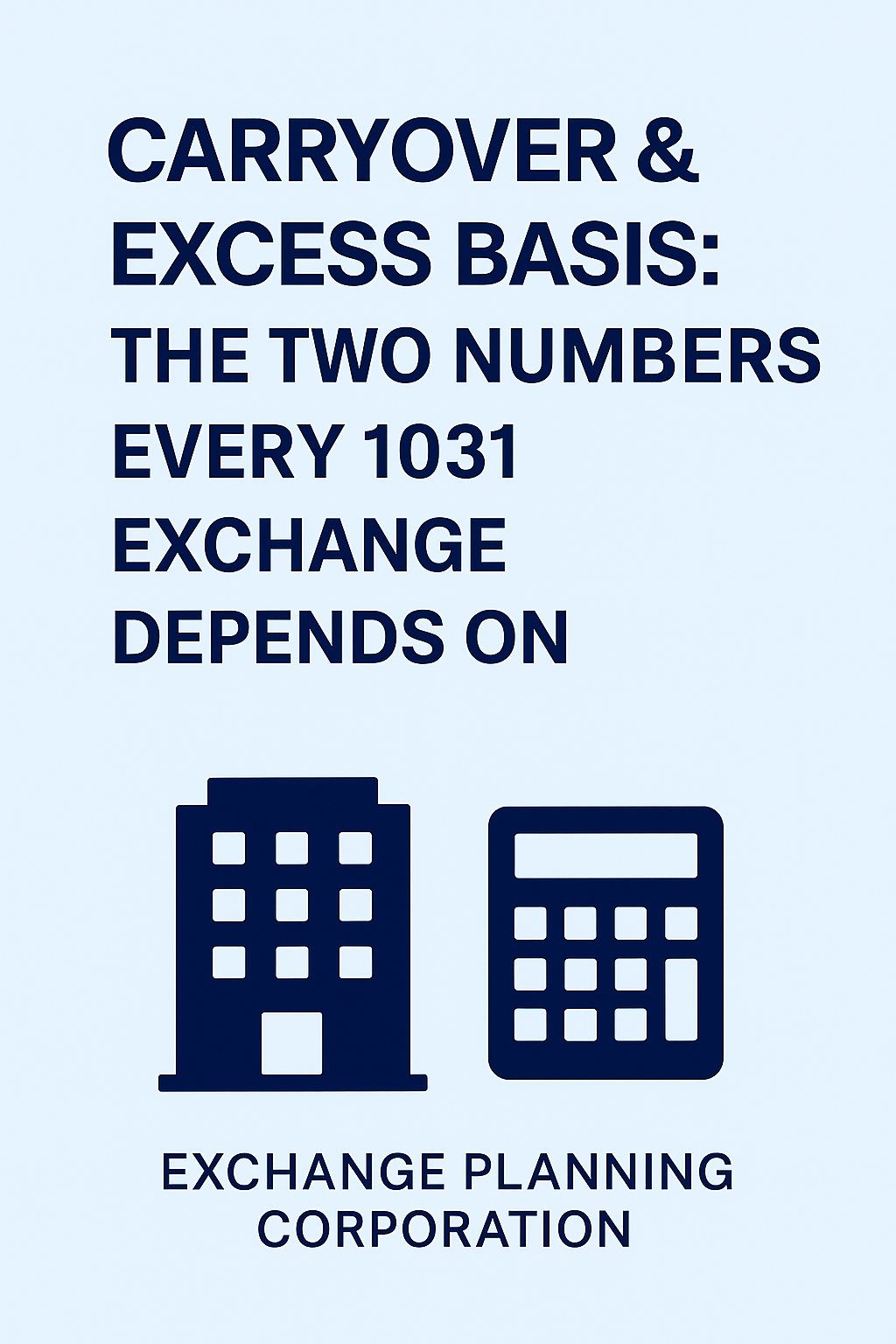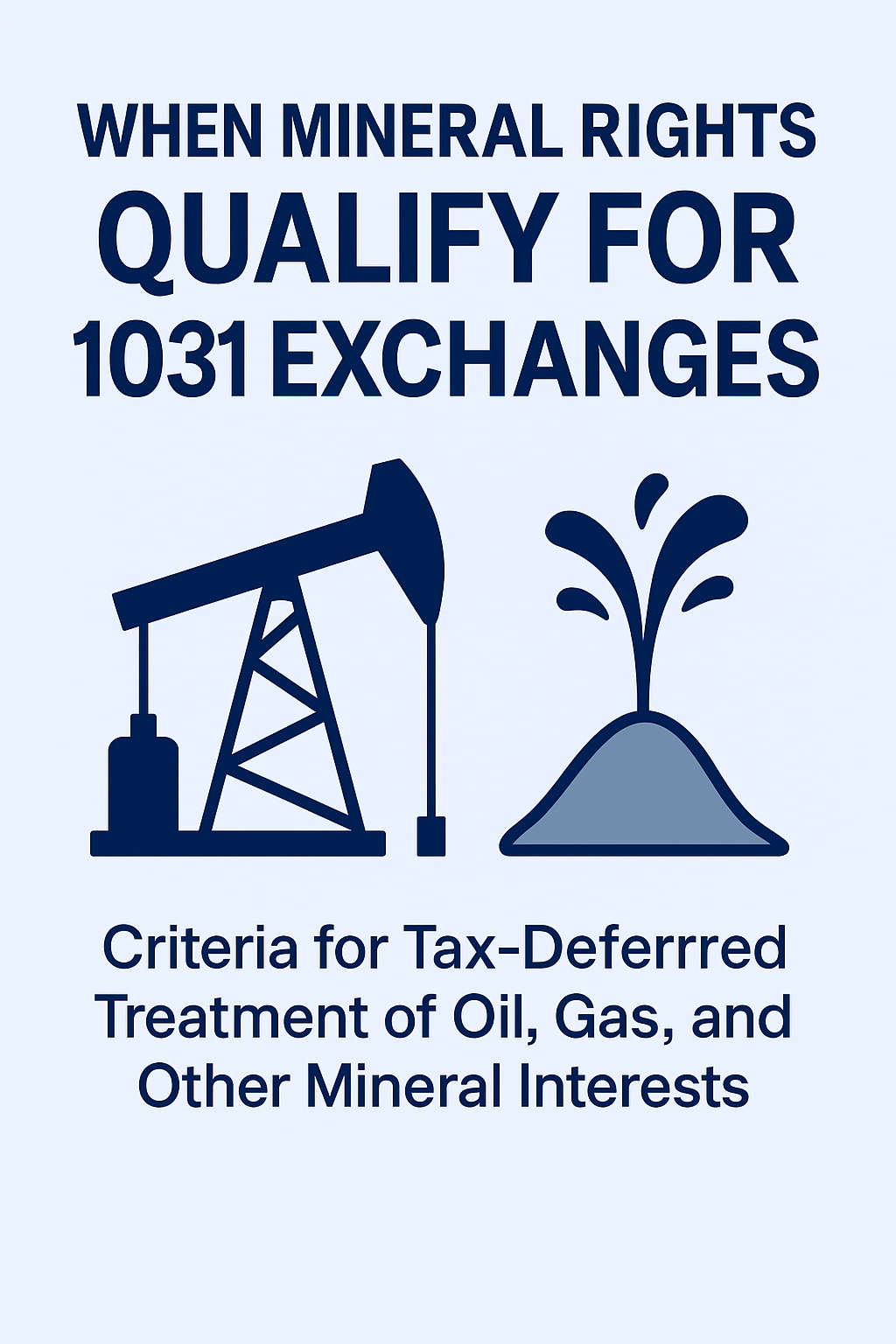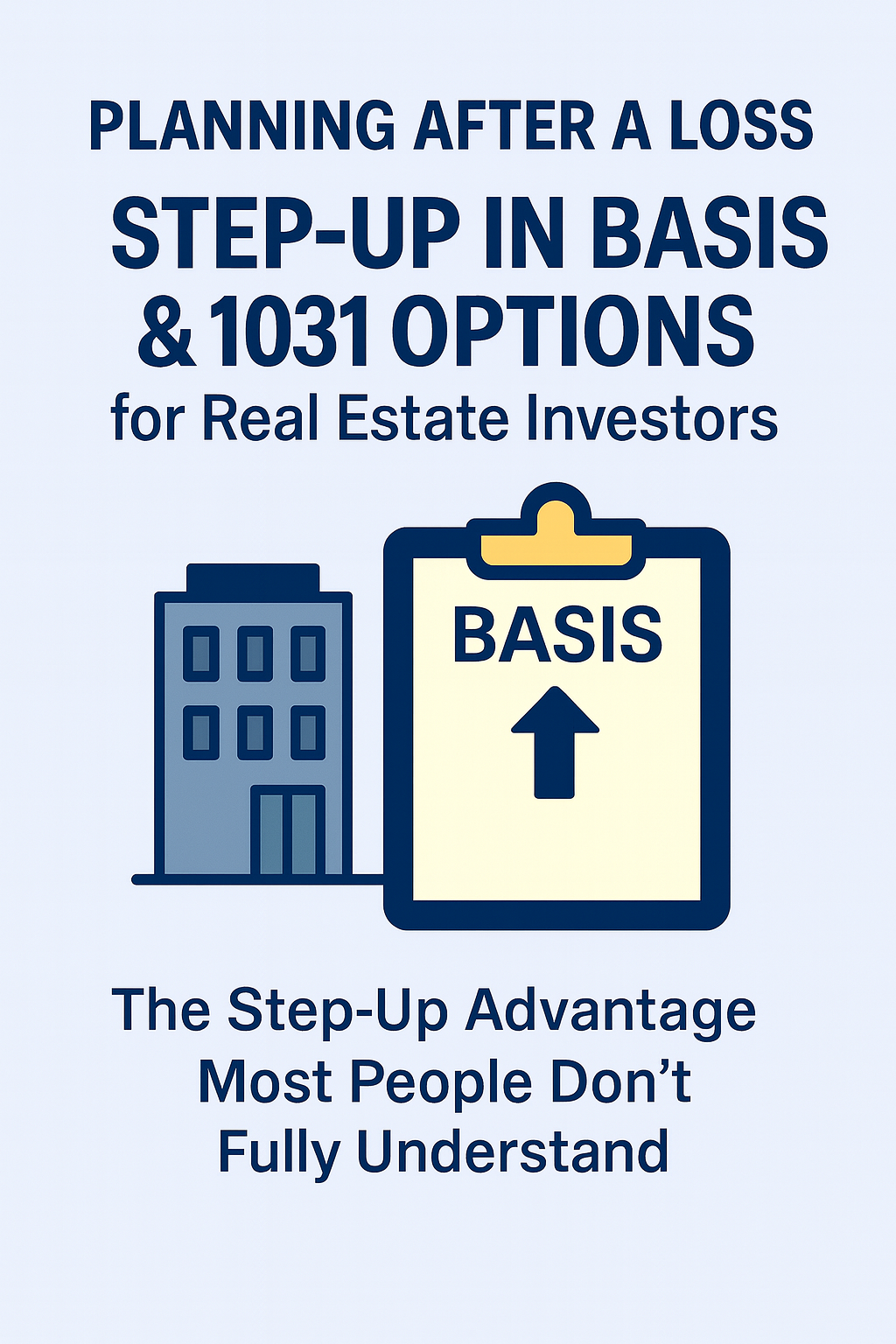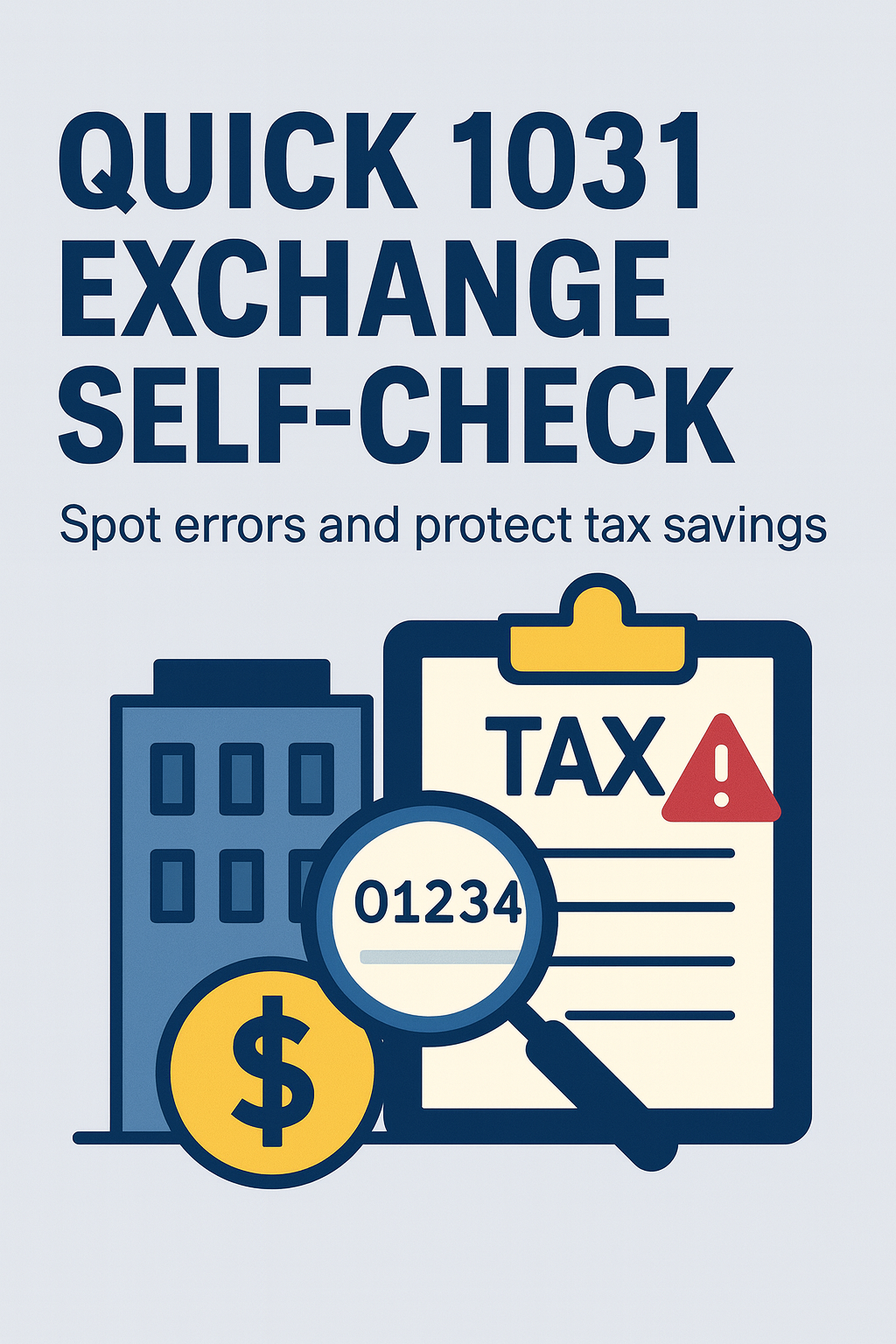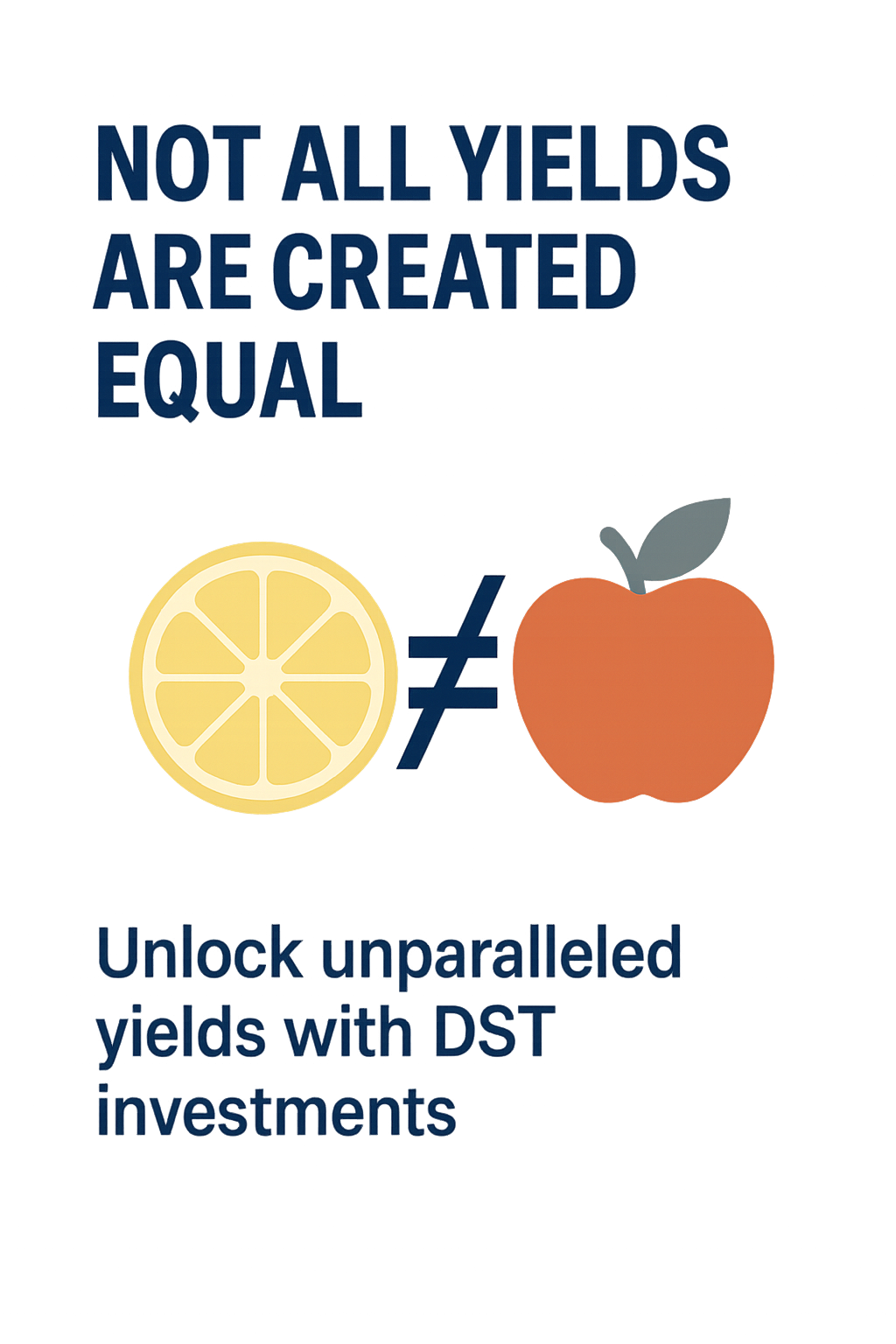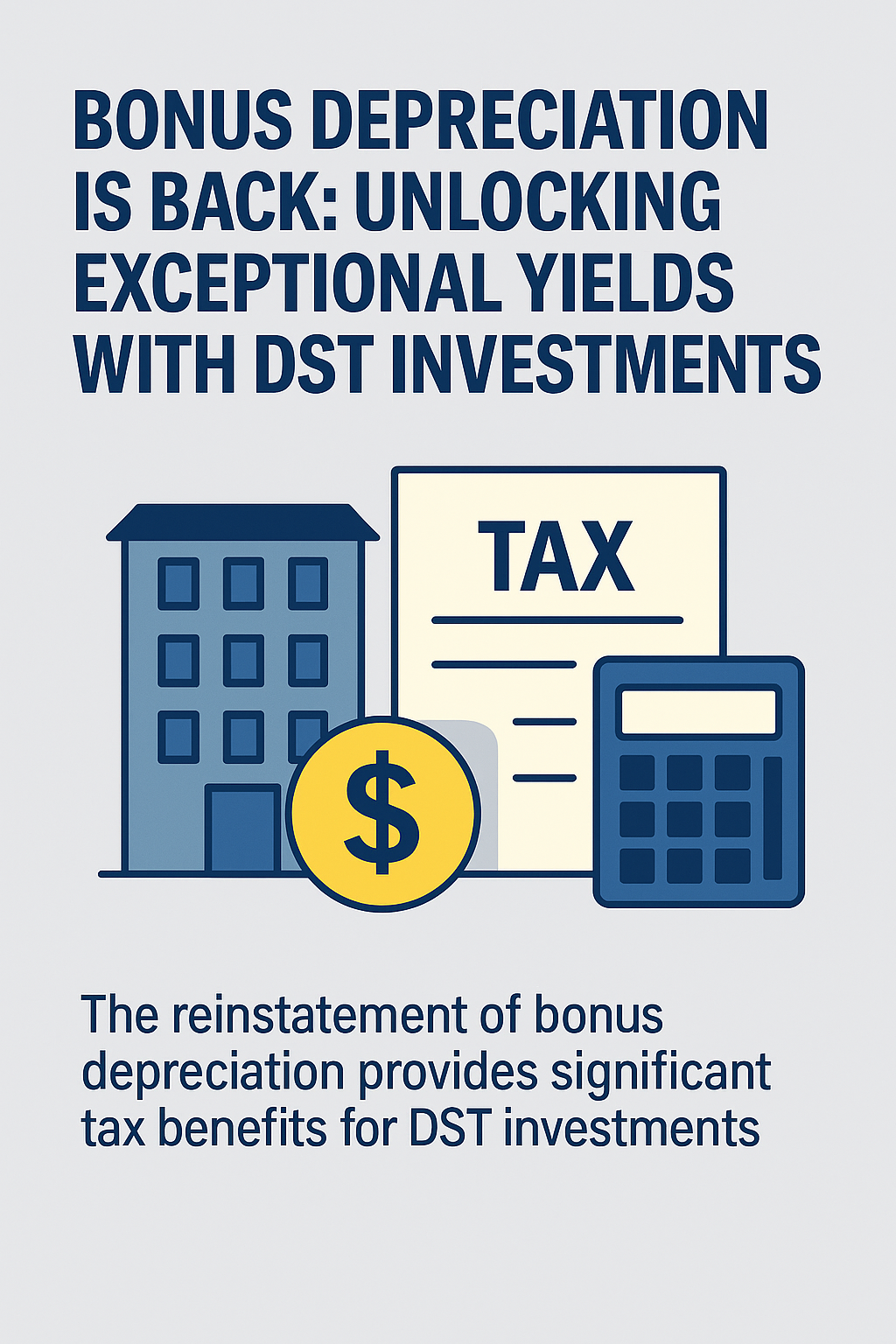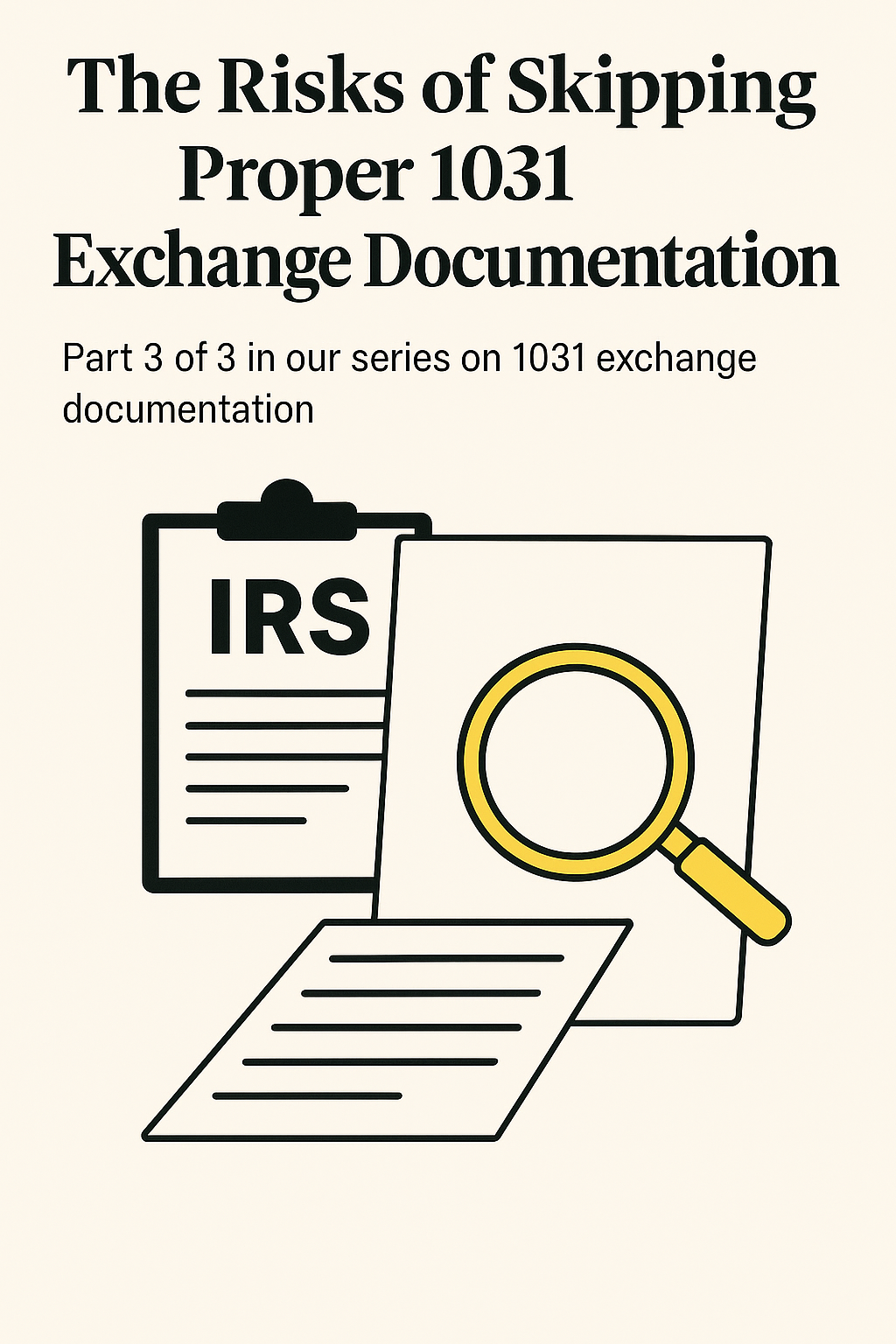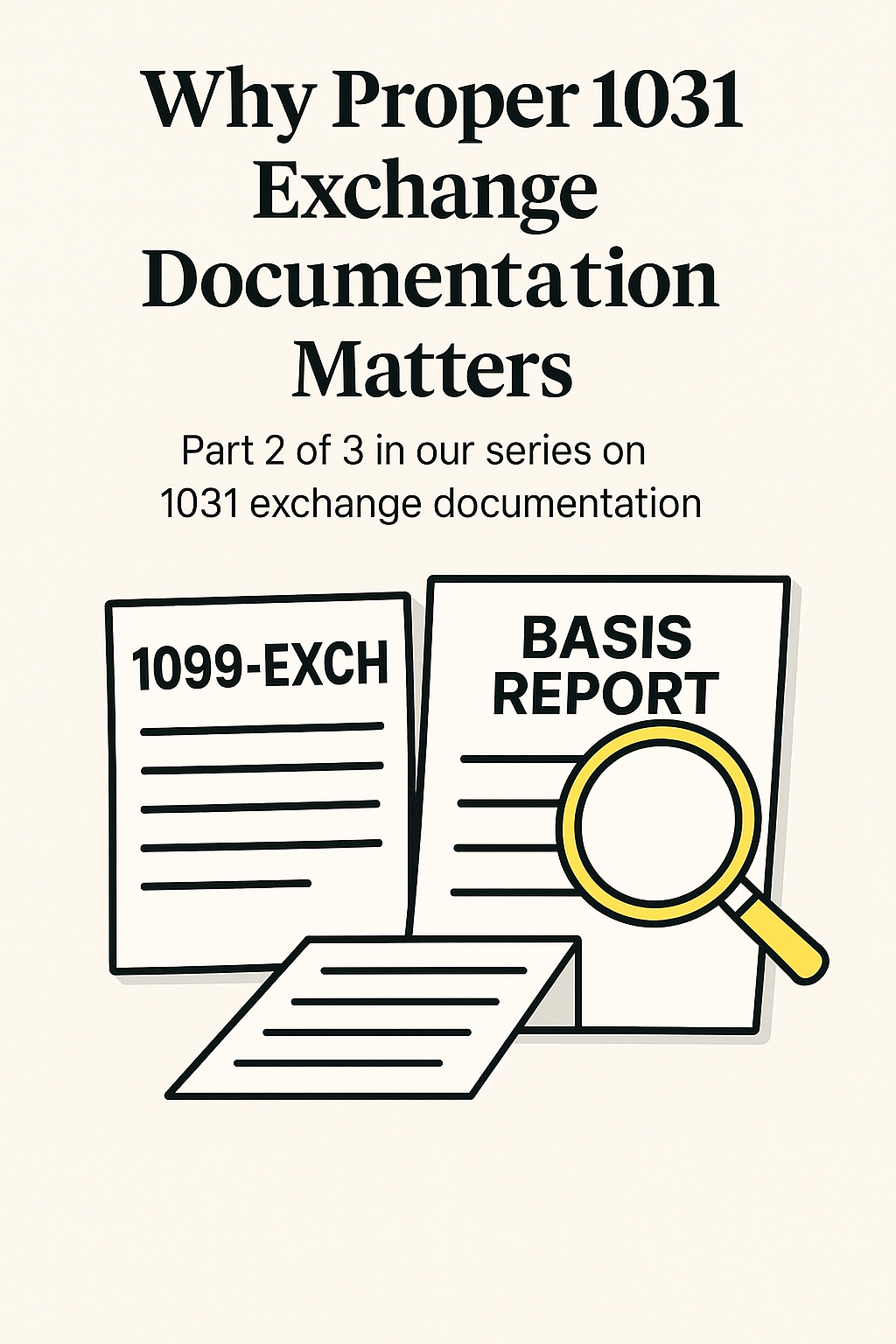“I’m buying these DSTs, and they’re going to reduce my income by $100,000. I hope you can do something special with the taxes—I’m retiring, and we’re going to need that money to live on.”
That was the first call of the morning.
A $100,000 income gap is no small concern. At first glance, it sounded like this client’s replacement properties were falling short. But once we dug into the numbers, the story shifted—and fast.
This is a situation we see often: investors sometimes overestimate the net income from their current property. That’s not a criticism—it’s incredibly common, especially when you’ve owned and managed the same property for years. The numbers in your head often don’t match what’s on your tax return.
In this case, the client believed his new Delaware Statutory Trust (DST) properties would generate less income. But when we looked at the after-tax results, the outlook became much brighter.
The Numbers Tell the Real Story
Here’s what the analysis revealed:
- The property he sold was generating $321,000 in income.
After taxes, he kept around $200,000. - His replacement DSTs are projected to produce $288,000 in income.
But thanks to depreciation, he will keep all of it—with no income tax due.
That’s an $88,000 increase in after-tax income—without taking on additional risk.
And it didn’t stop there. The DSTs will generate about $400,000 more depreciation than he’ll use over the next five to six years. That unused depreciation can offset other rental income, reducing his tax bill by an estimated $140,000 during that time.
When we added it all up, the client’s after-tax income increased by 58%, and over five years, he’s projected to save more than $640,000 in taxes.
That’s smart exchange planning.
The Turning Point: Documentation and Collaboration
The key moment came after the exchange closed.
The client’s advisor—someone who has worked with Exchange Planning Corporation for years—knew that properly documenting the exchange was critical to capturing the full tax benefit. They didn’t leave it to chance. They sent us the closing statements and supporting documents immediately, ensuring every detail was reviewed.
We then worked directly with the client’s tax professional to confirm that depreciation and income offsets were applied correctly. Without that collaboration, the client likely would have saved less than half as much—and that’s assuming the exchange had even been reported correctly.
This is the difference that specialized exchange documentation and planning can make.
A Bigger Lesson for Advisors and Investors
The client’s question—“Are these DSTs really as good as I thought?”—wasn’t just about income. It was about reassurance.
When he saw the full picture, he realized he hadn’t just maintained income—he had increased it, reduced taxes, and set himself up for years of additional savings.
The takeaway is clear:
1031 exchange success depends on after-tax results, not just gross numbers.
When advisors, accommodators, and tax professionals bring Exchange Planning Corporation into the process, clients get the benefit of precision reporting, verified savings, and lasting confidence in their investment decisions.
Partnering with Exchange Planning Corporation
At Exchange Planning Corporation, we help investors and their advisors turn smart exchanges into measurable results.
Our services include:
✅ Comprehensive exchange documentation and analysis
✅ The 1099-Exch™ report for accurate tax filing
✅ Audit Assurance Warranty to protect clients from IRS scrutiny
✅ Proprietary software that projects after-tax outcomes before closing
When you partner with us, you’re not just helping clients defer taxes—you’re enhancing long-term relationships built on transparency, trust, and results.
FAQ: Turning Lemons into Lemonade – Smart 1031 Exchange Planning
1. How can DSTs increase after-tax income even if gross income appears lower?
DSTs often provide significant depreciation deductions that reduce or eliminate taxable income. As a result, investors may keep more of their income after taxes—even if the gross rent looks smaller.
2. What role does Exchange Planning Corporation play in documenting an exchange?
We ensure every step of the exchange is documented and optimized for tax efficiency. Our 1099-Exch™ report gives tax professionals everything they need for accurate IRS filing.
3. Why should advisors involve Exchange Planning Corporation early?
Early collaboration allows us to model the exchange, assess debt and boot implications, and identify opportunities to maximize depreciation and after-tax cash flow before closing.
4. Can unused depreciation from DSTs offset income from other properties?
Yes. Unused depreciation can often carry forward to offset income from other rental properties, reducing overall tax exposure.
5. How can advisors use Exchange Planning Corporation to enhance client relationships?
Advisors who partner with us help clients achieve tangible tax savings and peace of mind—reinforcing their own role as trusted, strategic professionals.



